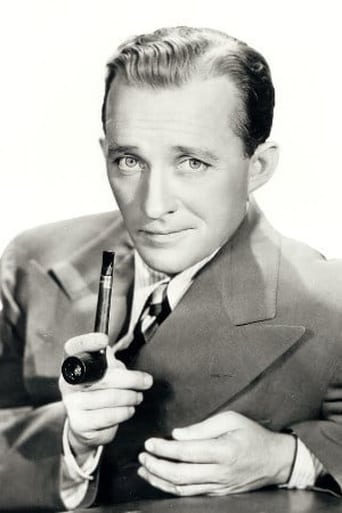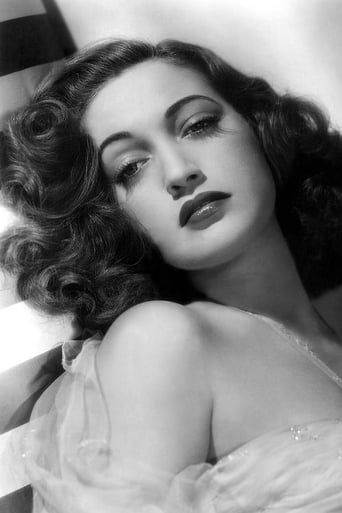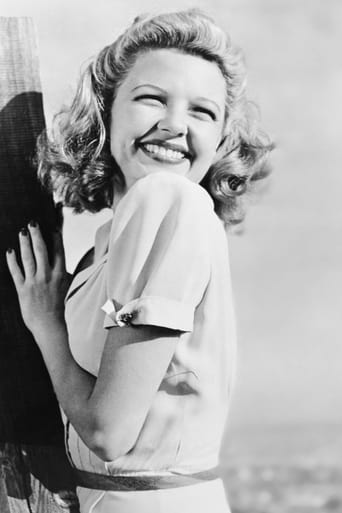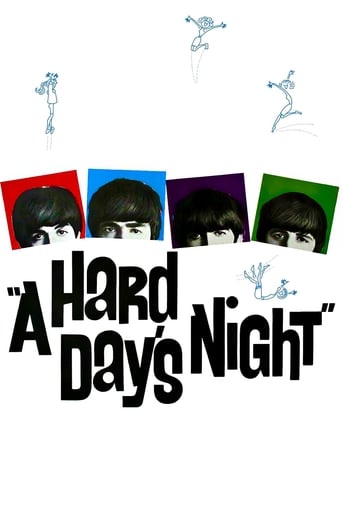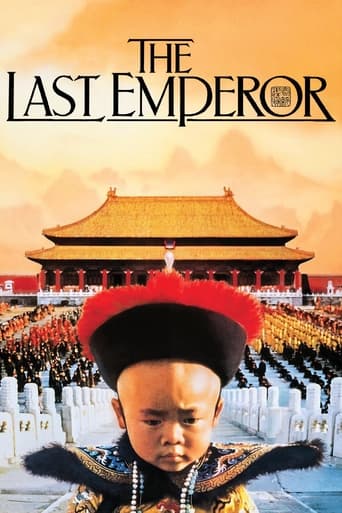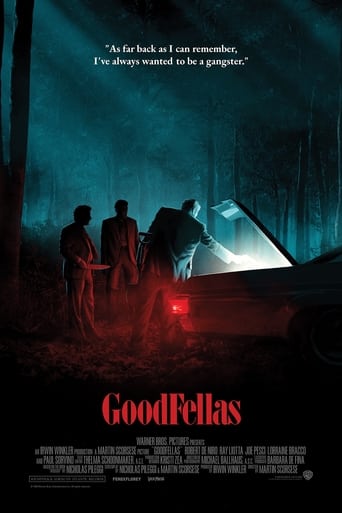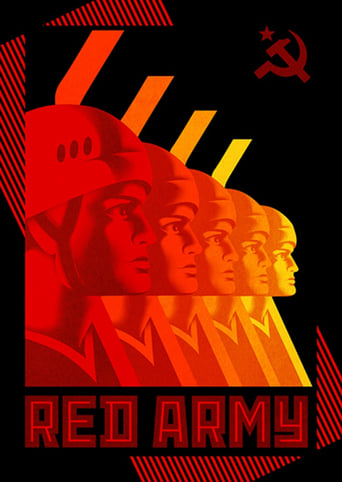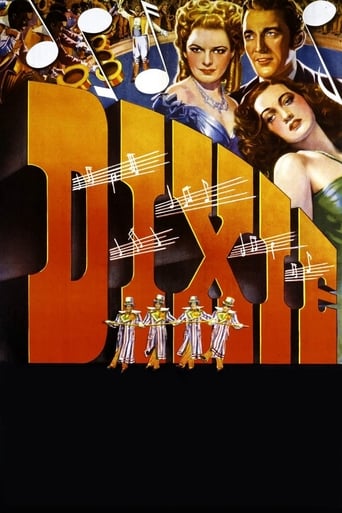
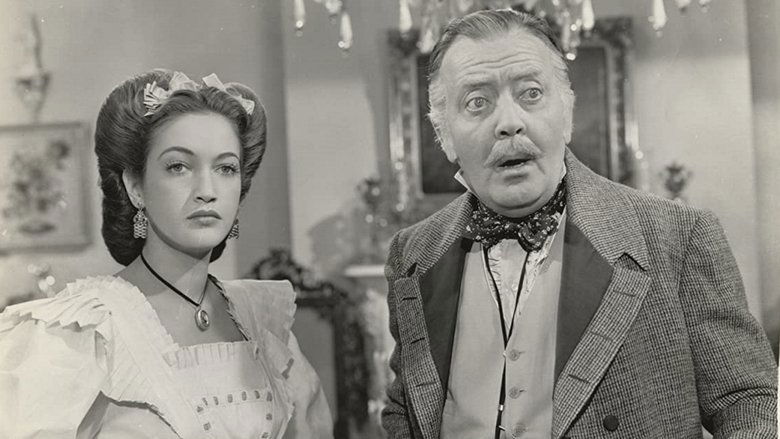
Dixie (1943)
A young songwriter leaves his Kentucky home to try to make it in New Orleans. Eventually he winds up in New York, where he sells his songs to a music publisher, but refuses to sell his most treasured composition: "Dixie." The film is based on the life of Daniel Decatur Emmett, who wrote the classic song "Dixie."
Watch Trailer
Cast
Similar titles
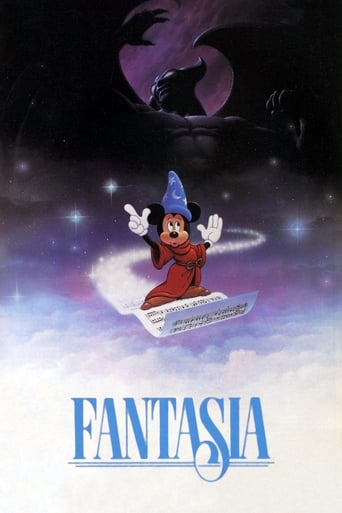
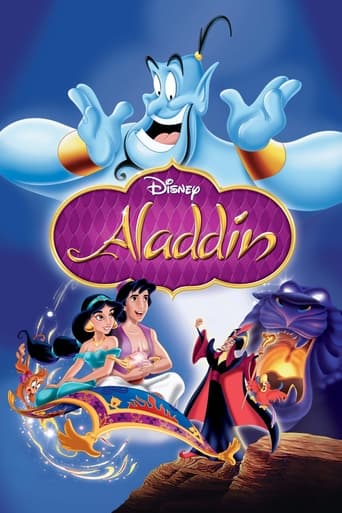

Reviews
Yawn. Poorly Filmed Snooze Fest.
To me, this movie is perfection.
Good movie but grossly overrated
The film never slows down or bores, plunging from one harrowing sequence to the next.
All of these reviews read like essays by high school kids competing with each other to gain the favor of their teacher who made them watch this movie, and then write an essay about how evil minstrelsy was. Extra credit for the most anti-minstrelsy.From the synopsis I read of this movie (I haven't seen it, but I'd like to) it would appear it has almost nothing to do with the real Dan Emmett, or the real cultural environment of the country during the time period covered, so there's no point in looking to the movie for insight into minstrelsy. Instead, it appears the reviewers looked elsewhere on the web, and found the most biased, least informative stuff they could find on minstrelsy, and cut and pasted it into the reviews.Folks, Minstrelsy was by far the most popular form of entertainment for a CENTURY in the US. Only the circus came close. Do you really think that minstrelsy was all about one thing, and it was always the same thing to the majority of the population for over a century? It is a shame that discussion of minstrelsy has been so suppressed that it has allowed these attitudes to grow up around it. Now there is a great deal of scholarly discussion, and the researchers have a sophisticated grasp of what was really going on. Most of this information hasn't trickled down to us yet.Imagine if somebody said that all of rock music is about one thing - stealing from and making fun of blacks. Mick Jagger was aping black people to make fun of them. Some people might agree with that, but they would be wrong. Or if they said rap music is about one thing - hating whitey.As wrong-headed as those assessments would be, it's 10 times worse about minstrelsy, which was a much bigger phenomena than rock and rap put together. Minstrelsy was about mockery, and mimicry. About admiration, and hate. it was whites pretending to be black, blacks pretending to be Chinese... there were many stock characters in minstrelsy, and everybody played everybody. Some of it was about hate and distrust, some of it was about finding a way to get along. In 1943, they were already looking at this stuff through filters, though if Al Jolson was out of blackface by then, it was only be a little bit. Now we have different filters. Don't take other people's word (including mine), look at it for yourself. But spend some time with it. Sure, the first thing you will see is the caricature, and it will appear it was all about degrading at hate. But the more you look, the more you will learn.
Dixie is a highly fictionalized biography of Daniel Decatur Emmett who was born in Mount Vernon, Ohio and was twice married: to Catherine Rives, who died in 1875 and then to Mary Louise Bird, a widow with two daughters.Emmett performed his first song Old Dan Tucker at the age of fifteen. He was one of four men in the "Original Virginia Minstrels," with Frank Brower. Billy Whitlock, and Dick Pelham. Emmett later performed with Bryant's Minstrels in New York and then with Leavitt's Gigantean Minstrels. Emmett wrote the song Dixie in the spring of 1859, while with Bryant's Minstrels in New York. At the beginning of the Civil War both armies marched to the tune of Dixie but by 1861 Dixie had become a Southern tune.The movie is essentially a series of songs and 'black-face' acts. The latter, although generally considered humorous in 1943, will probably offend many viewers today.
After viewing the 1943 classic Dixie, it was apparent that at this civil war time entertainment there were different styles of dance emerging. During this time it became a popular diversion to spend evenings at a minstrel theatre. Straying away from the traditional opera or ballet, minstrels offered a new sense of entertainment which promoted the class system. Fortunately our society today is accepting African American's and prejudices are less prevalent. Subsequent to professional minstrelsy's decline in the 20th century, its appeal continued in the south. Though minstrels proposed stereotypes, some good did result from this type of entertainment. These shows presented black performers the opportunity to build a foundation which later helped many of them to emerge as successful entertainers.Minstrel shows exposed a wide selection of audiences to this unique type of entertainment. With its combination of eccentric dancing and diverse music, people enjoyed the allure of the entertainment. Closely similar to tap dancing, it boasted innovative and bizarre movements' pairs with flamboyant eye-catching costumes.This type of amusement contributed to later types of dancing and entertainment. As a big benchmark in the industry, without minstrels played a role in what dancing has evolved into presently. Without minstrels, who knows if the great such as Dizzy Gillespie, W.C. Handy, and Bert Williams, would have been as successful as they were.
Dixie is about a man, Dan Emmett, who goes to New Orleans, Louisiana to try and make it big. He goes to New York to try and sell his songs, but refuses to sell one very important one, "Dixie." The movie stars Bing Crosby as Dan Emmett, Dorothy Lamour as Millie Cook, Billy De Wolfe as Mr. Bones, and Marjorie Reynolds, as Jean Manson. There are many other characters in the movie, but these were the key ones. Dixie was directed by A. Edward Sutherland. The movie was released in 1943, by Paramount Pictures. Dixie has many settings. The movie starts off in Kentucky, where Dan Emmett is telling the love of his life that he is going off to New Orleans to try and become famous so that him and her can finally get married and have a life of their own. On his way to New Orleans, Dan meets a man named Mr. Bones. Mr. Bones is a con man. He conned Dan out of $500. They become partners and come up with an idea of a show. The type of show that they created was called a Minstrel Show. Minstrel Shows were when white men performed in "blackface." Minstrel shows were made to be funny. The men would completely paint their faces except around their eyes and mouth to make them look like clowns. In this time black men were not allowed to perform on stage, especially with white men. Dan meets Millie Cook and falls in love with her, and promises to marry her. He then realizes that he must go back home to Kentucky and tell Jean his already fiancée that they weren't going to get married. When he arrives there he sees that Jean is in a wheelchair and is not able to walk by the paralyzing sickness. He then promises Jean that no matter what they would get married. He writes to Millie telling her this. Jean and Dan go to New York where they try and make a life together. Dan tries and sells his songs, but has a hard time. He ends up selling 10 of his songs for $100. The only one he didn't want to give up was the song that he wrote "Dixie." Mr. Cook, Millie's father, comes to New York and asks Dan to come back to New Orleans with his new bride. This is when Jean finds out that Dan and Millie were engaged. They go back to New Orleans where they start another show of the same genre, minstrelsy. This is when Dan is finally able to use the song that he had been trying to put to the show the whole time, but it just didn't sound right. The movie ends with the audience singing along with the cast and the show was a hit. Between the years 1840 1920, Minstrel shows were put on all over the United States, but mostly in the South. "The American musical has one shameful chapter in its history minstrel shows. The most popular musical stage shows of the early and mid 19th Century, minstrelsy embodied racial hatred. Both white and black performers donned blackface, and audiences of all colors loved it. Minstrel shows developed in the 1840's, peaked after the Civil War and remained popular into the early 1900s. Minstrelsy was a product of its time, the only entertainment form born out of blind bigotry. In these shows, white men blackened their faces with burnt cork to lampoon Negroes, performing songs and skits that sentimentalized the nightmare of slave life on Southern plantations. Blacks were shown as naive buffoons who sang and danced the days away, gobbling "chitlins," stealing the occasional watermelon, and expressing their inexplicable love for "ol' massuh." In the early 1840s, a group called the Tyrolese Minstrel Family toured the United States with a program of traditional mittel-European folk songs. Four unemployed white actors decided to stage an African-American style spoof of this group's concerts. Calling themselves Dan Emmett's Virginia Minstrels, their blackface revue premiered at New York's Bowery Amphitheatre in February 1843. Emmett, Frank Bower, Frank Pelham and Billy Whitlock became the first troupe to offer a full evening of blackface variety entertainment. With their chairs in a simple semi-circle, the quartet offered a fresh combination of songs, dances and comic banter, creating cartoonish Negro caricatures. Most historians mark this production as the beginning of minstrelsy. Companies continued to perform in both North and South throughout the Civil War, with the minstrel tune "Dixie" becoming an unofficial anthem for the Confederacy. After the war, minstrelsy remained popular, and many skits took a sentimental view of the lost world of plantation slavery. Although African Americans were forbidden by law to perform on stage with whites in many states, some companies secretly included blacks. As laws changed, several all-black minstrel companies toured America and Great Britain. Black performers still had to wear blackface makeup in order to look "dark enough," performing material that demeaned their own race. Despite such drawbacks, minstrelsy provided African American performers with their first professional stage outlet" (Kenrick).The movie started out a little slow, but as the movie went on I got more and more interested in the story line and the plot. It was interesting to learn about the Minstrel shows and how they were performed, and why they were performed. I think that the movie was a little controversial, because of the fact that it poked fun and put down blacks. I honestly don't understand how people could have hated a group of people. It was degrading to blacks.
